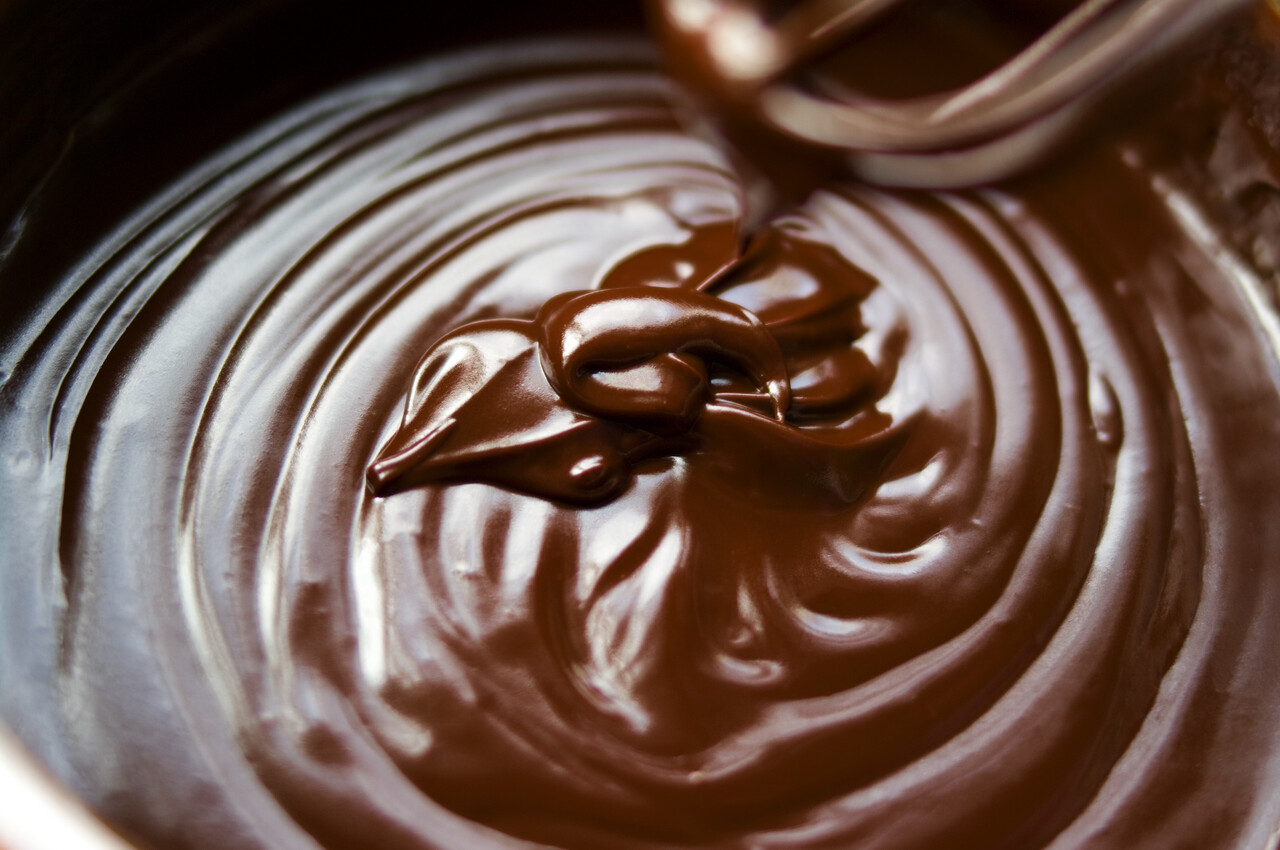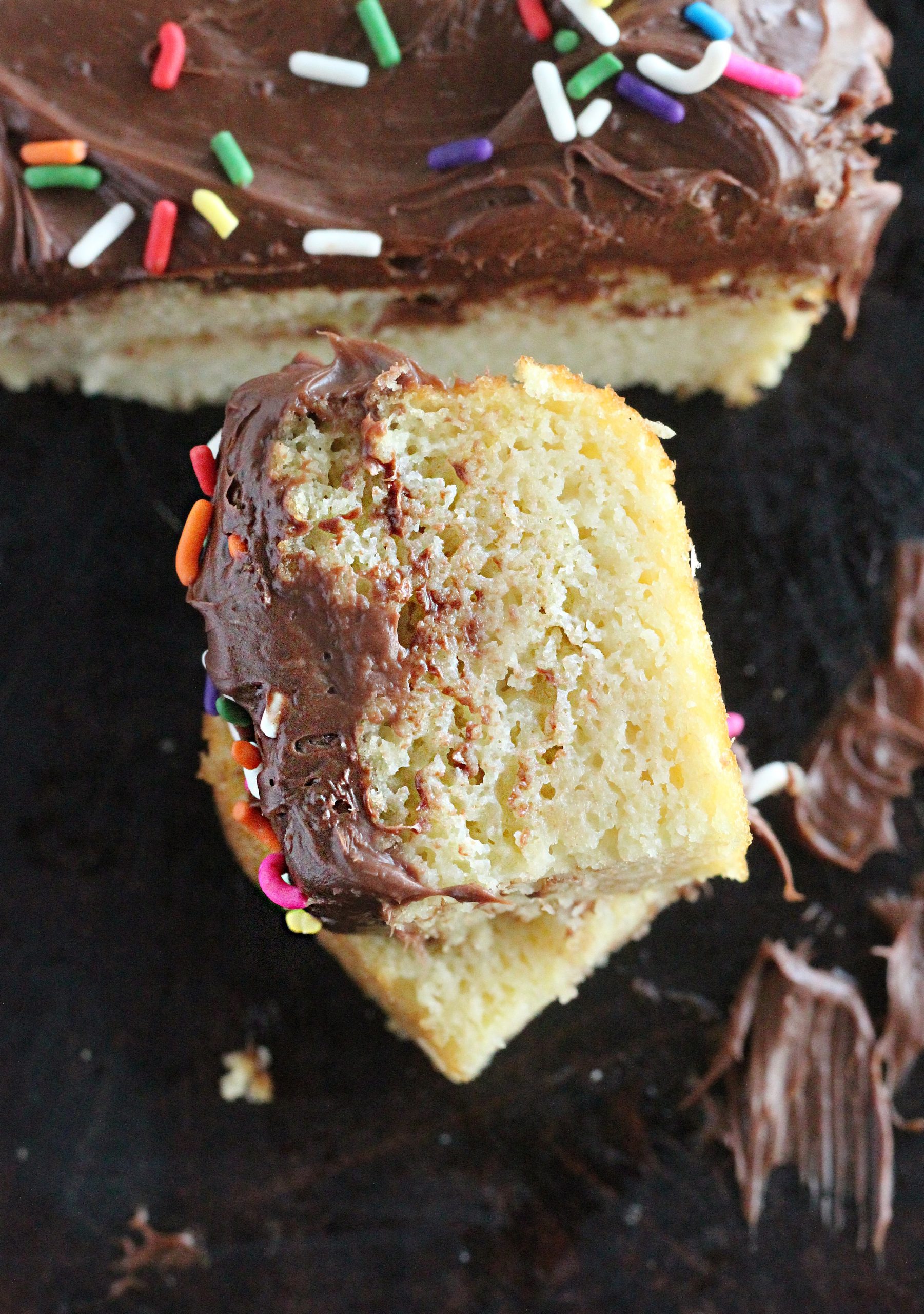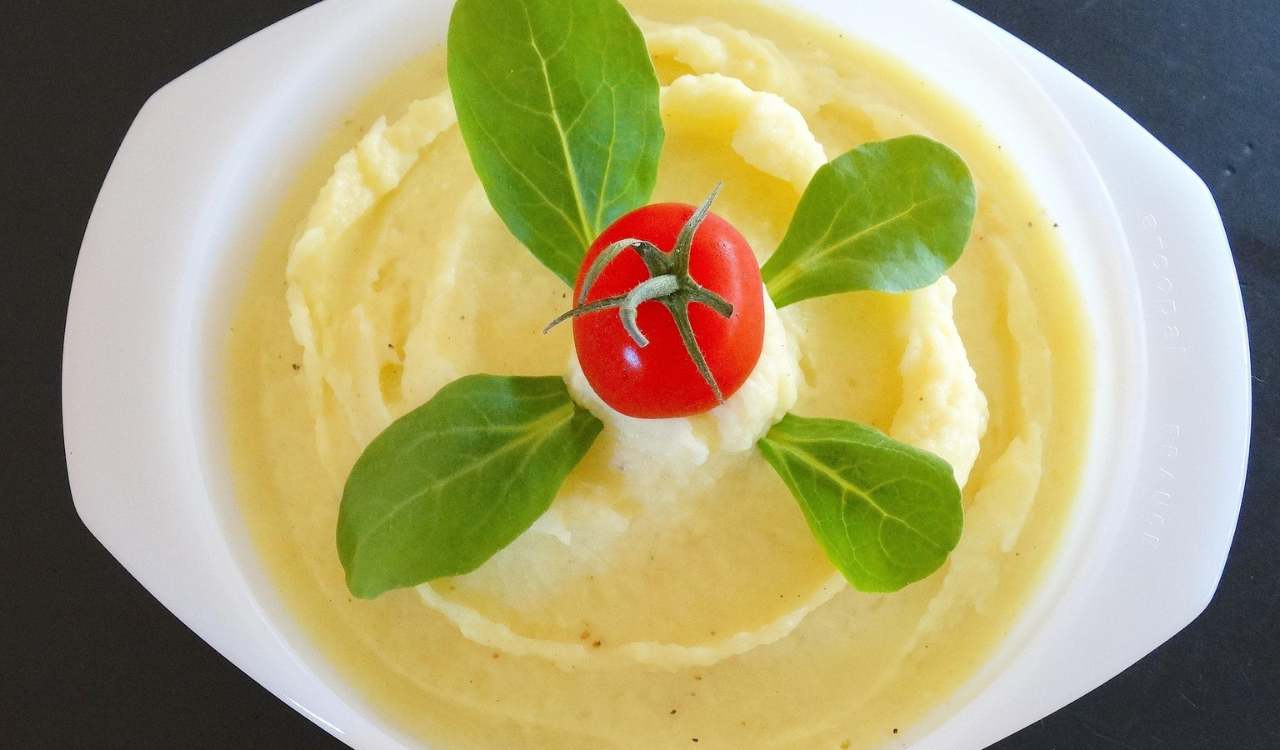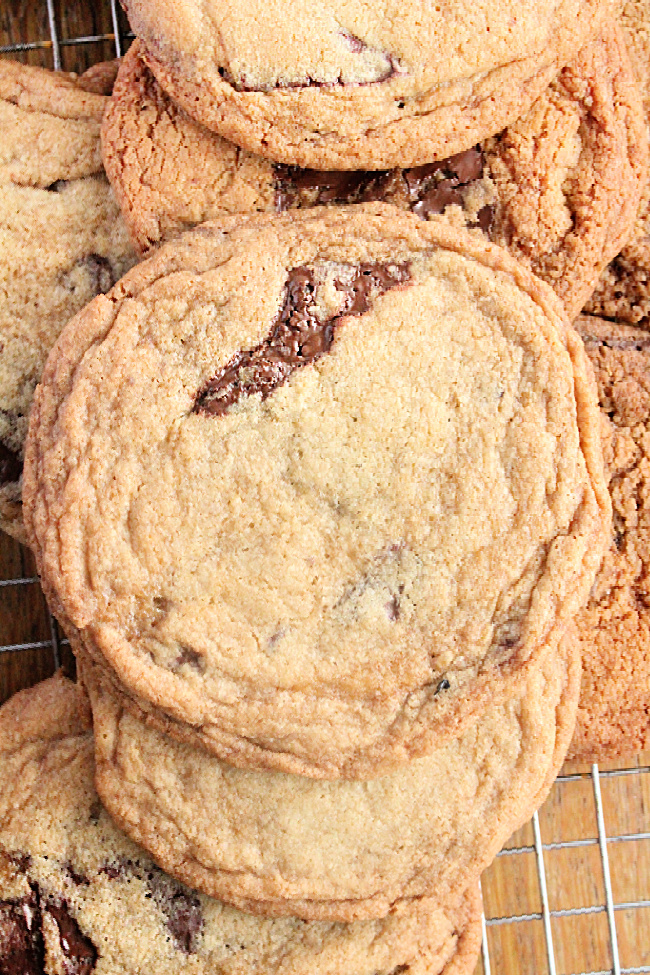Always Thaw Frozen Pizza for a Crispier, Tastier Slice at Home

Frozen pizza has long been the go-to solution for busy nights, movie marathons, or last-minute gatherings, but most people don’t realize how much flavor and texture they sacrifice by skipping one simple step. The trick isn’t in fancy toppings or expensive brands, it’s in the way you prepare it. Thawing your pizza before baking may sound like a small detail, but it changes everything. From the crispiness of the crust to the melt of the cheese and the balance of toppings, letting your pizza defrost is what transforms it from average to unforgettable. If you want a slice that tastes like it came from a neighborhood pizzeria rather than a freezer aisle, taking the extra time to thaw is the step that makes it happen.
1. A Crispier Crust That Rivals Pizzeria Perfection
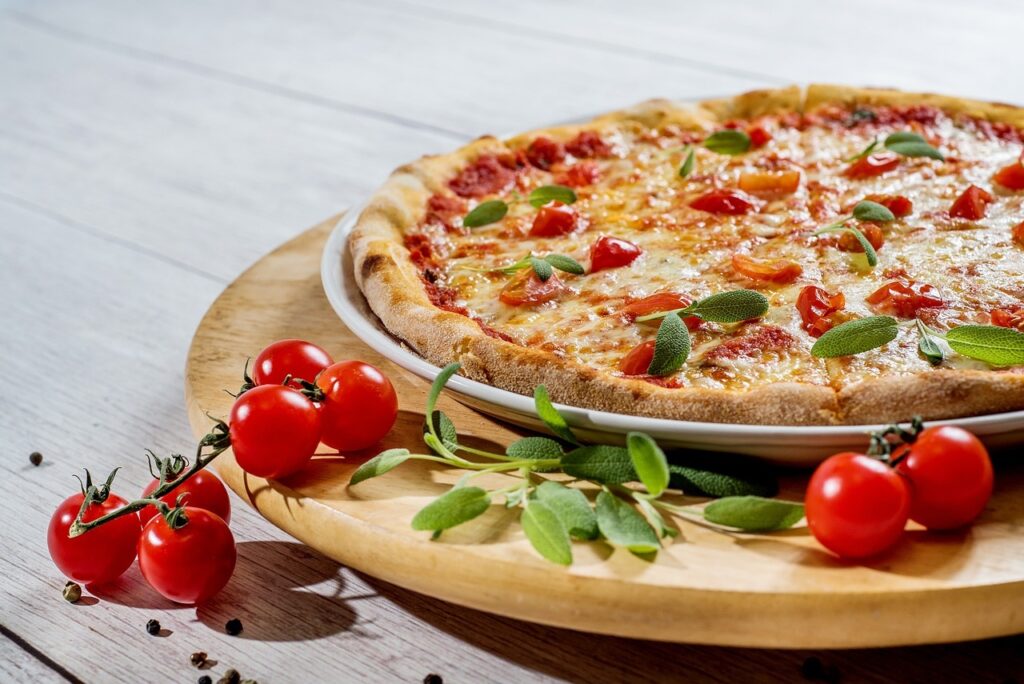
When you bake frozen pizza straight from the freezer, moisture trapped in the dough often prevents it from crisping properly. Thawing allows excess ice crystals to melt and evaporate before hitting high heat, which means the crust gets that golden, crunchy exterior we all love. The difference is dramatic: instead of a soft, sometimes soggy base, you get a satisfying crunch under each bite. It’s the foundation of good pizza and often the first thing that separates average from exceptional.
2. Even Heat Distribution for Uniform Cooking
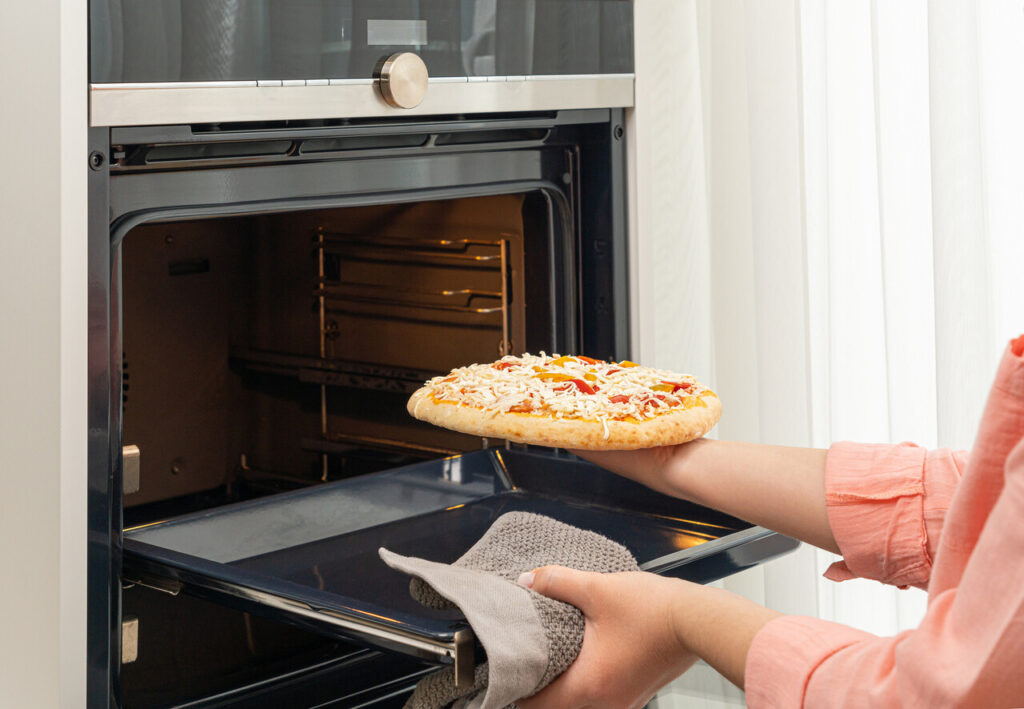
One of the overlooked benefits of thawing is ensuring the pizza heats evenly. Frozen pizzas tend to cook unevenly because the frozen interior heats slower than the outer layers. Thawing brings the entire pizza closer to room temperature, allowing the oven to warm every inch of dough, cheese, and toppings uniformly. This prevents parts of the crust from burning while the middle stays doughy. It’s the secret to achieving that perfectly melty, gooey cheese that stretches with every slice.
3. Faster Baking Time Saves Energy and Hassle
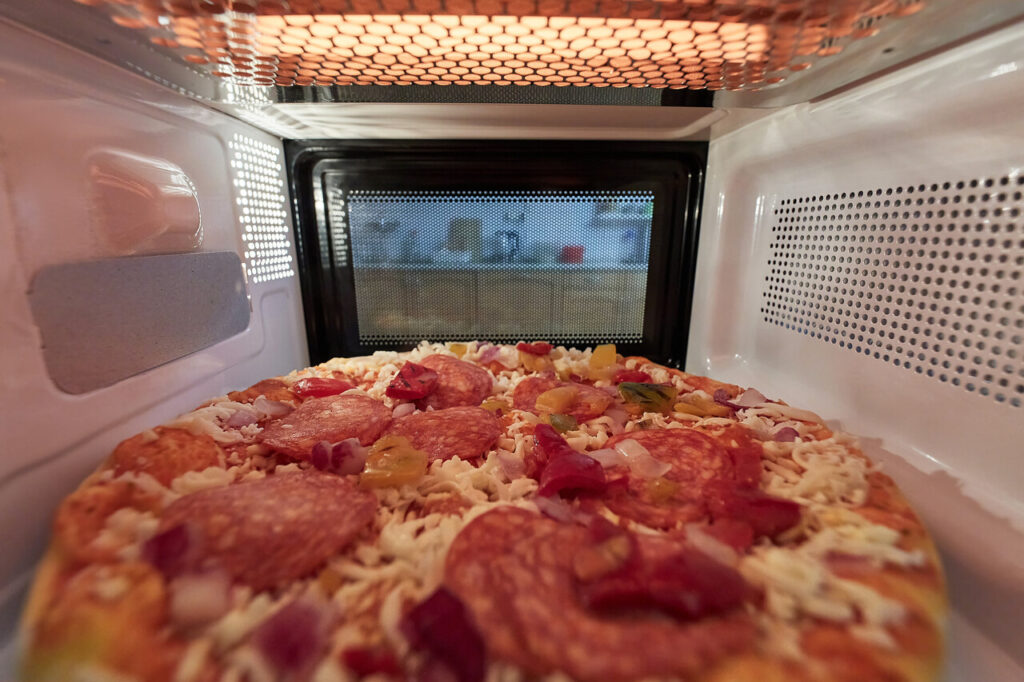
Thawed pizzas bake significantly faster than frozen ones. On average, you can expect to shave off 5 to 10 minutes from the baking time. This not only saves energy but also prevents the toppings from drying out or overcooking. Less time in the oven means a fresher taste and a crust that’s crisp without being tough. The convenience adds up, especially when you’re feeding a hungry crowd and need results fast without sacrificing quality. Thawing also ensures the cheese melts evenly and the sauce heats through properly, giving every bite consistent flavor and texture. It’s a small step that makes a big difference in your pizza night.
4. Easier Topping Adjustments Lead to Personalized Perfection
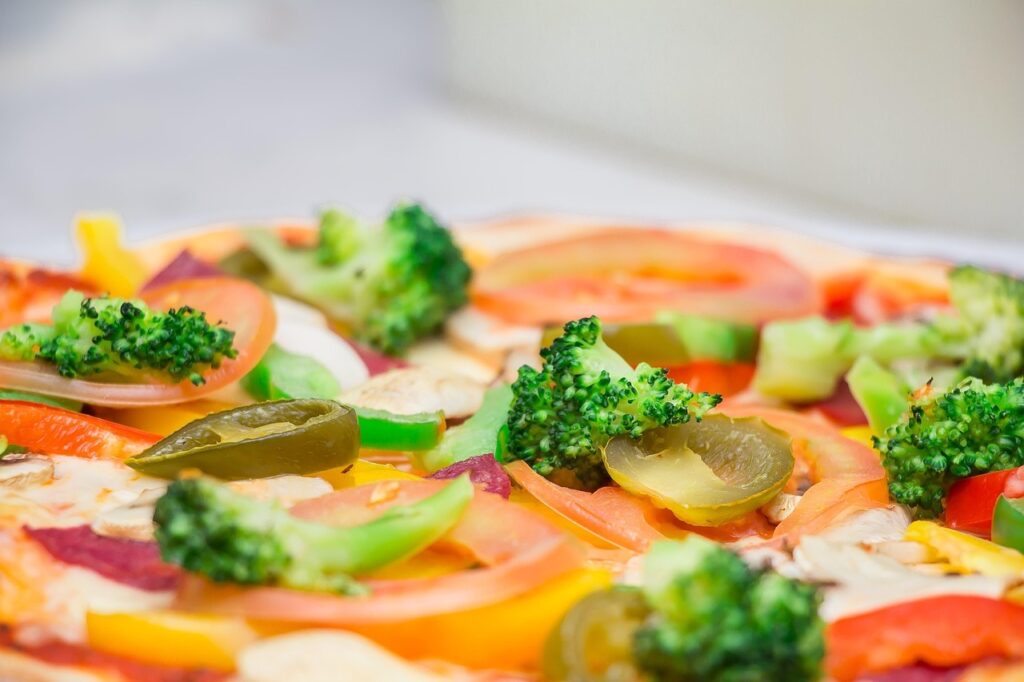
When a pizza is thawed, its toppings become easy to rearrange. Sometimes, frozen pizzas suffer from uneven ingredient distribution, with half the pizza loaded with pepperoni, the other half bare. Thawing lets you fix that by moving ingredients around before baking. This simple adjustment can dramatically improve both presentation and taste, giving every bite a balanced mix of flavors. It’s an easy way to turn a standard supermarket pizza into something personalized and enjoyable.
5. Avoid Sogginess by Eliminating Excess Moisture
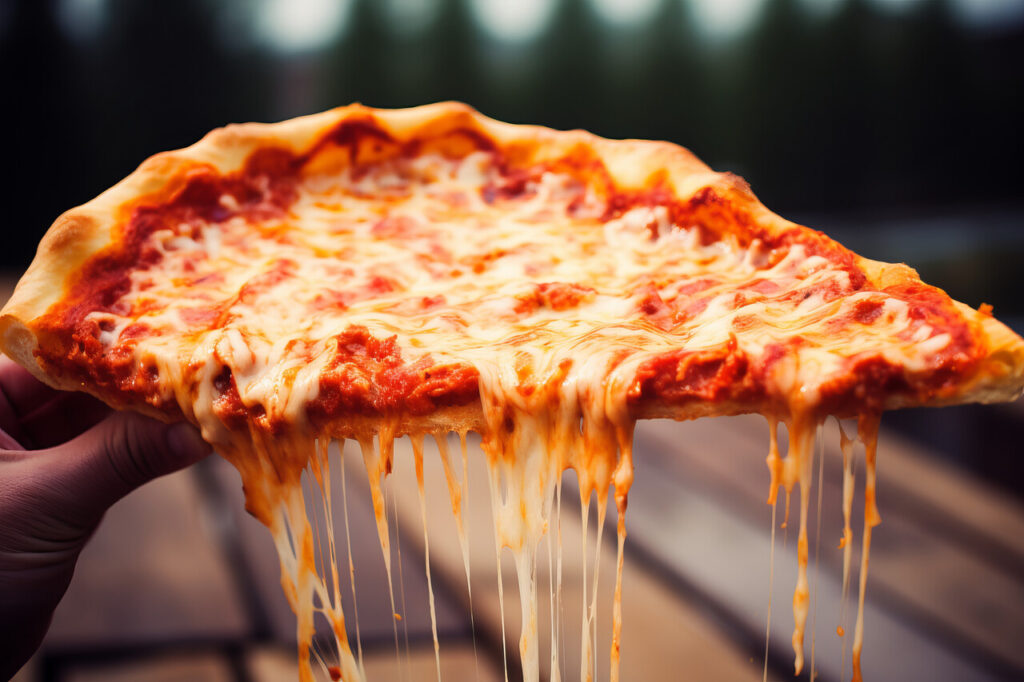
Baking a frozen pizza without thawing often results in a soggy crust. Ice trapped within the dough melts slowly during baking, releasing water that saturates the base and prevents proper crisping. Thawing the pizza first allows excess moisture to evaporate before hitting the oven, helping the crust develop a golden, firm texture. This simple step transforms the experience, giving you a sturdy, crunchy foundation that supports the toppings without turning limp or mushy. It’s an easy way to avoid the common disappointment of a limp, soggy slice.
6. Achieve a Cheese That Melts Perfectly Every Time
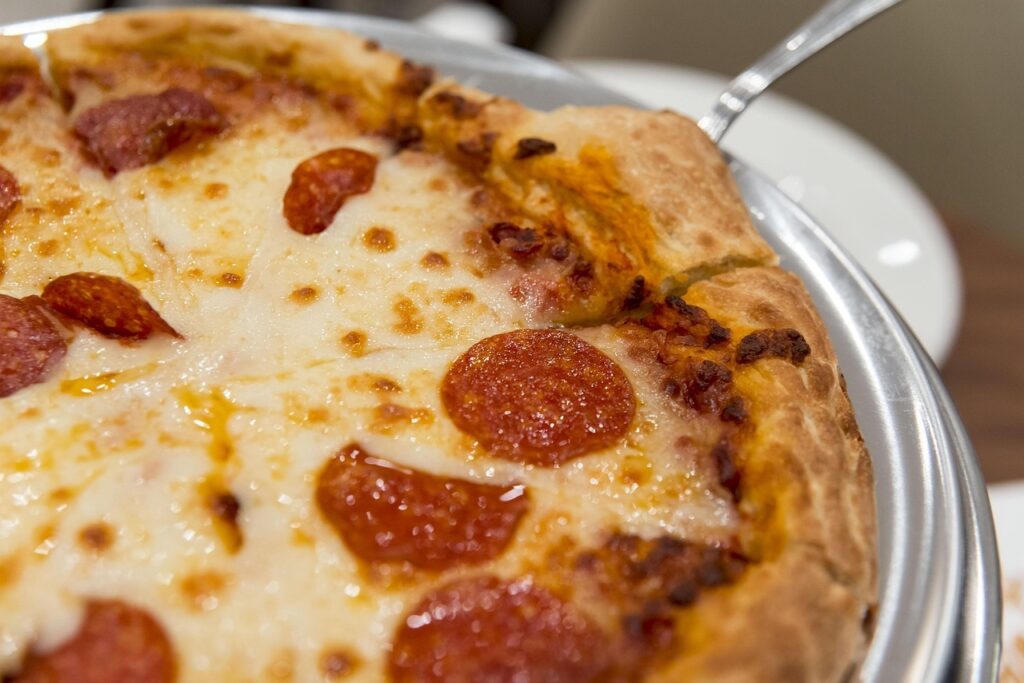
Frozen cheese sometimes doesn’t melt evenly, leading to clumps of unmelted bits or an overly greasy layer. When cheese is frozen, the fats and proteins separate, which makes it hard for the heat to melt everything uniformly. Thawing gives the cheese a head start by bringing it closer to room temperature, so it melts smoothly and consistently. The result is a creamy, luscious layer that stretches perfectly with every bite, enhancing the pizza’s flavor and texture without any unpleasant patches or rubbery spots.
7. Safe and Effective When Done Right
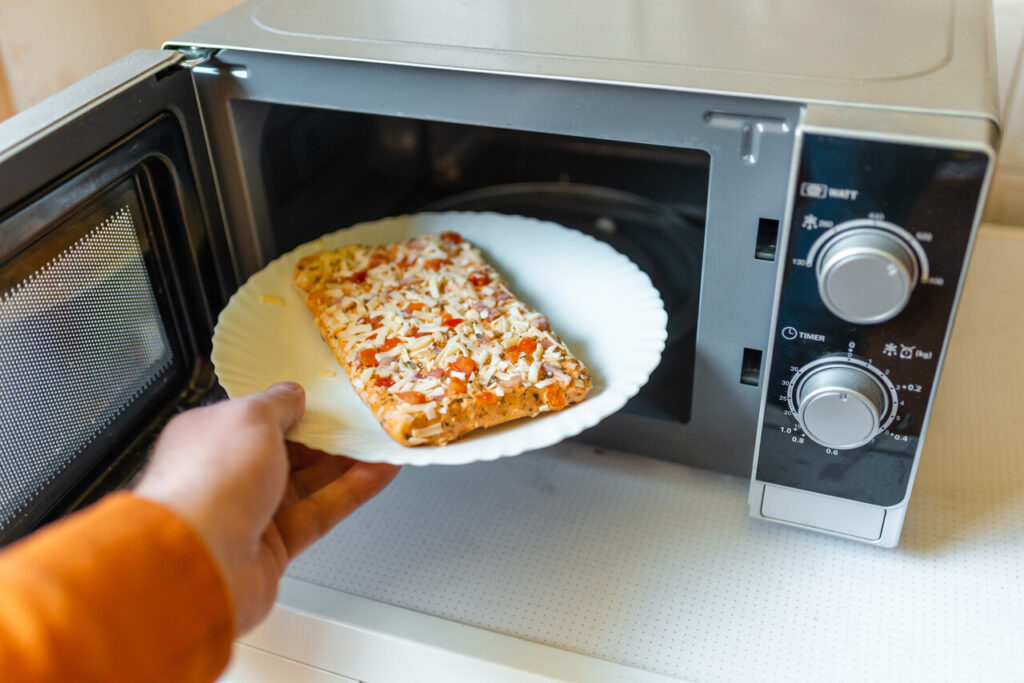
Thawing pizza is safe when done properly. Leaving it in the fridge for a few hours or using the defrost setting on your microwave prevents any food safety risks while preparing it for baking. The key is to avoid letting it sit at room temperature for too long, which can promote bacterial growth. This step doesn’t just improve taste and texture; it makes home pizza night a safe, enjoyable experience that rivals your favorite takeout without the delivery charge.
